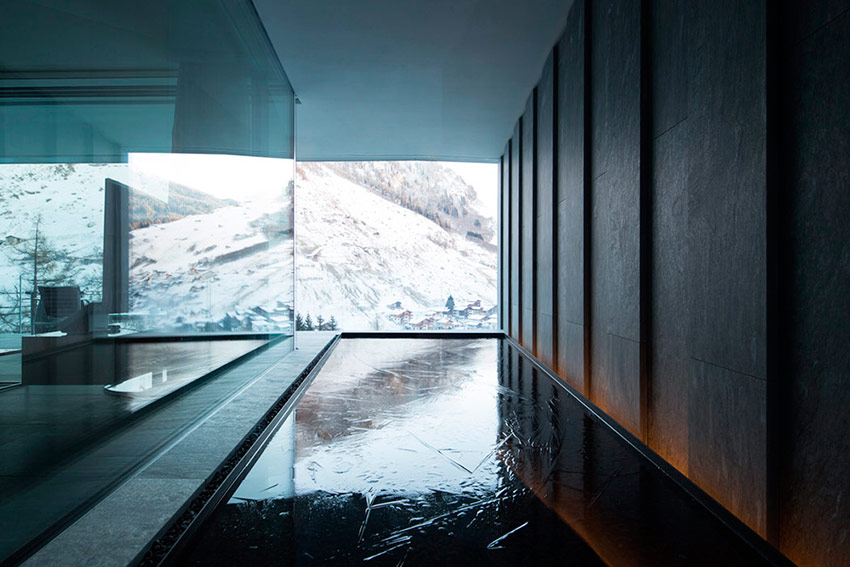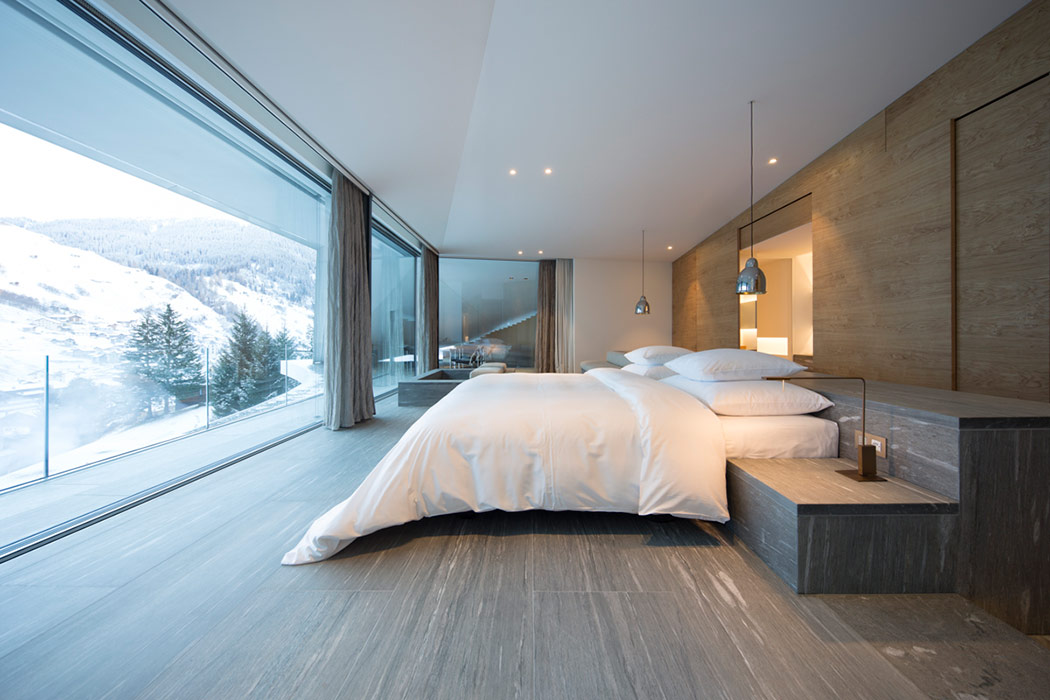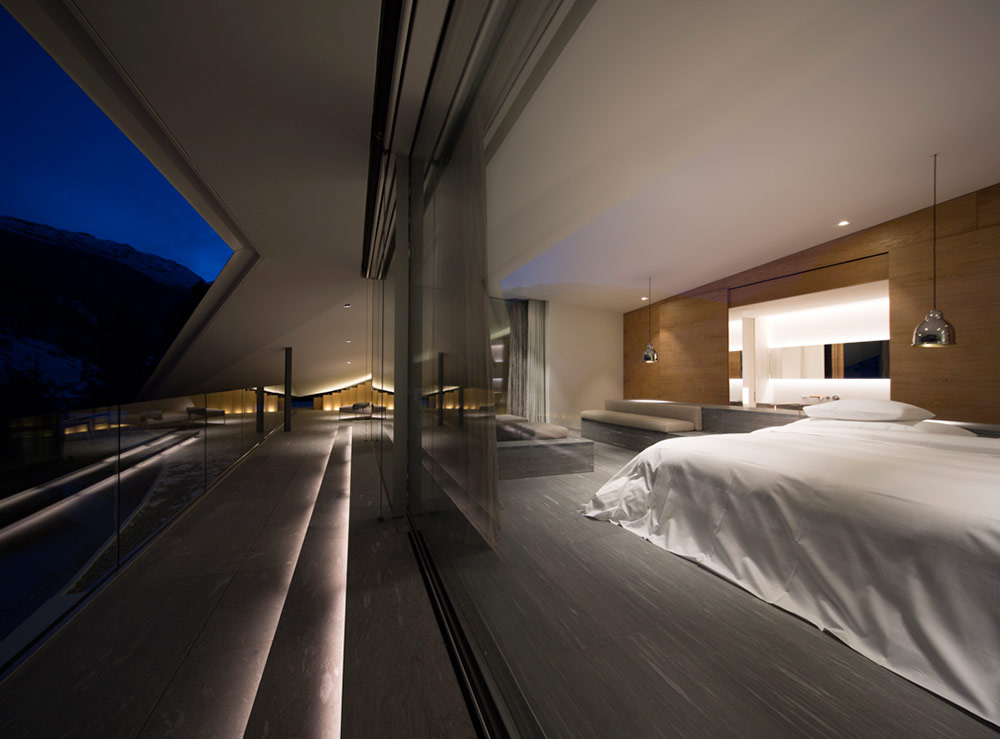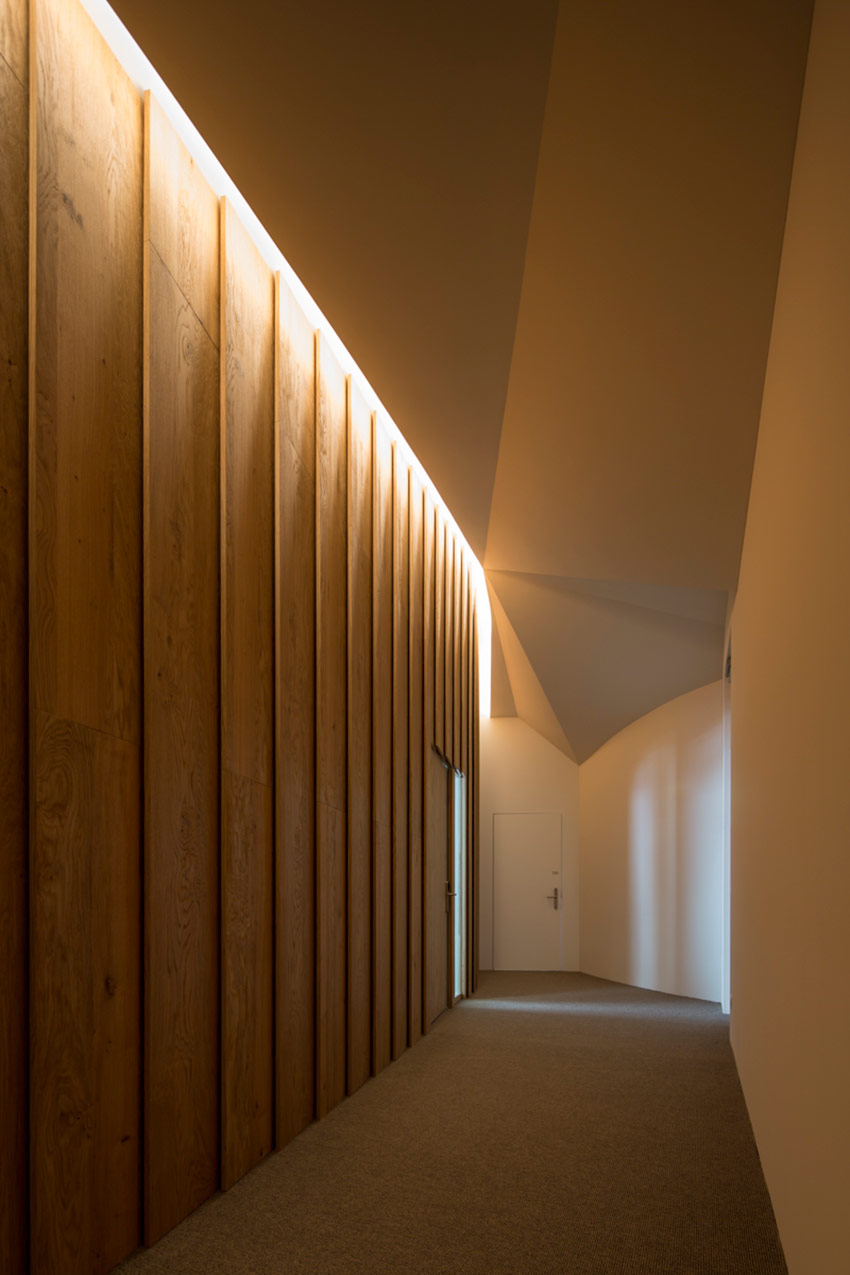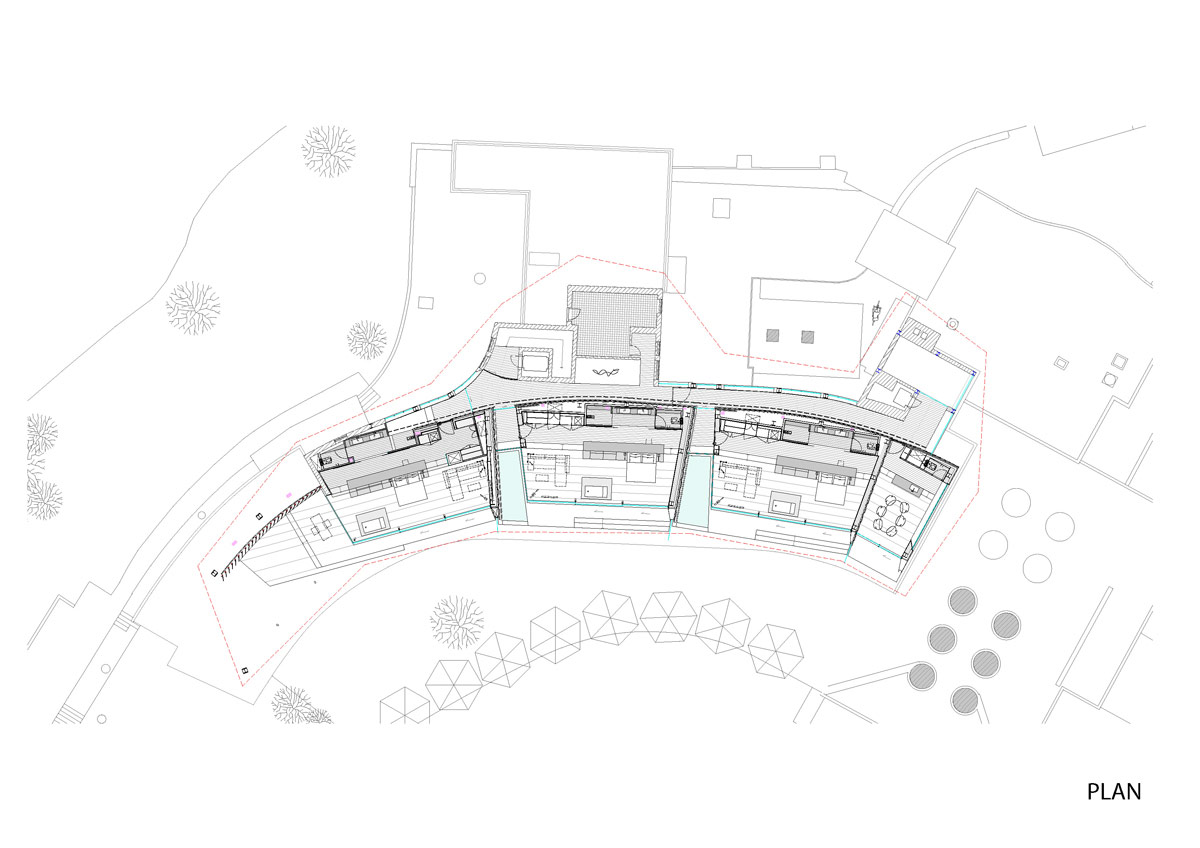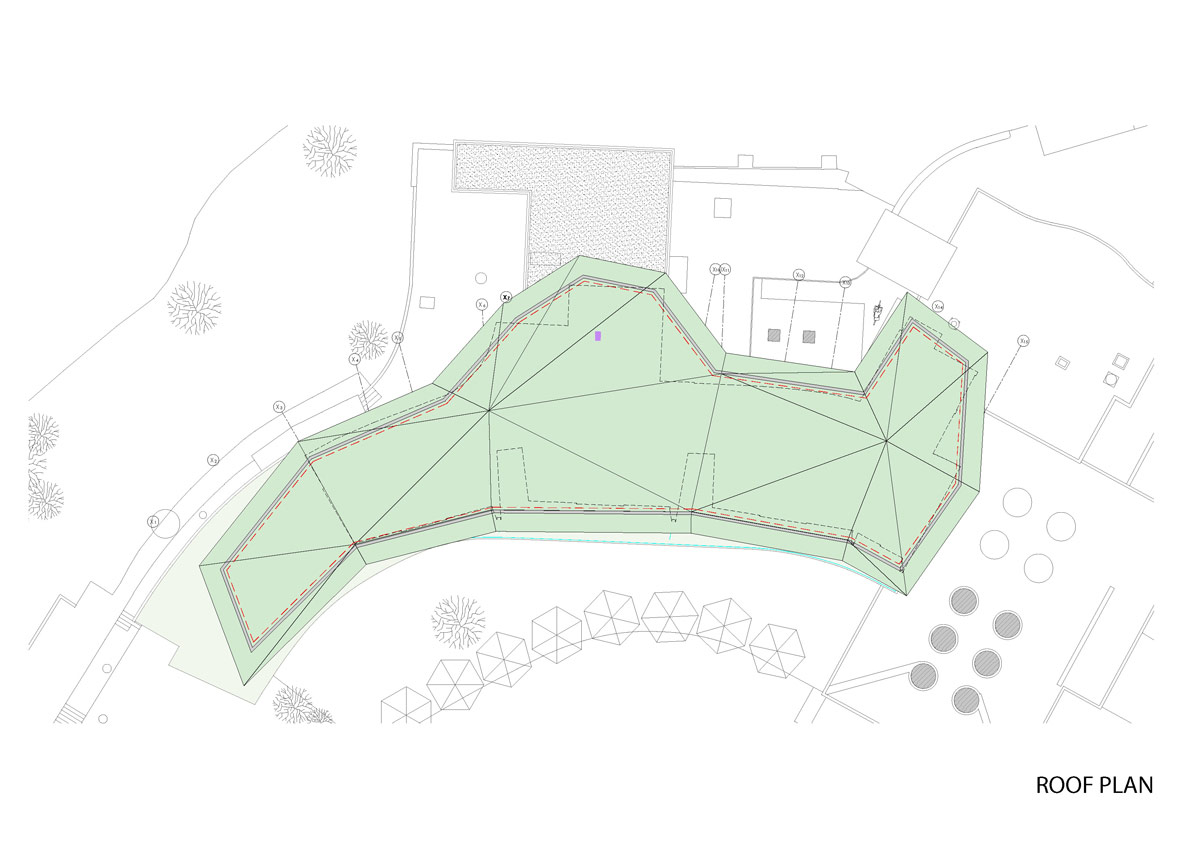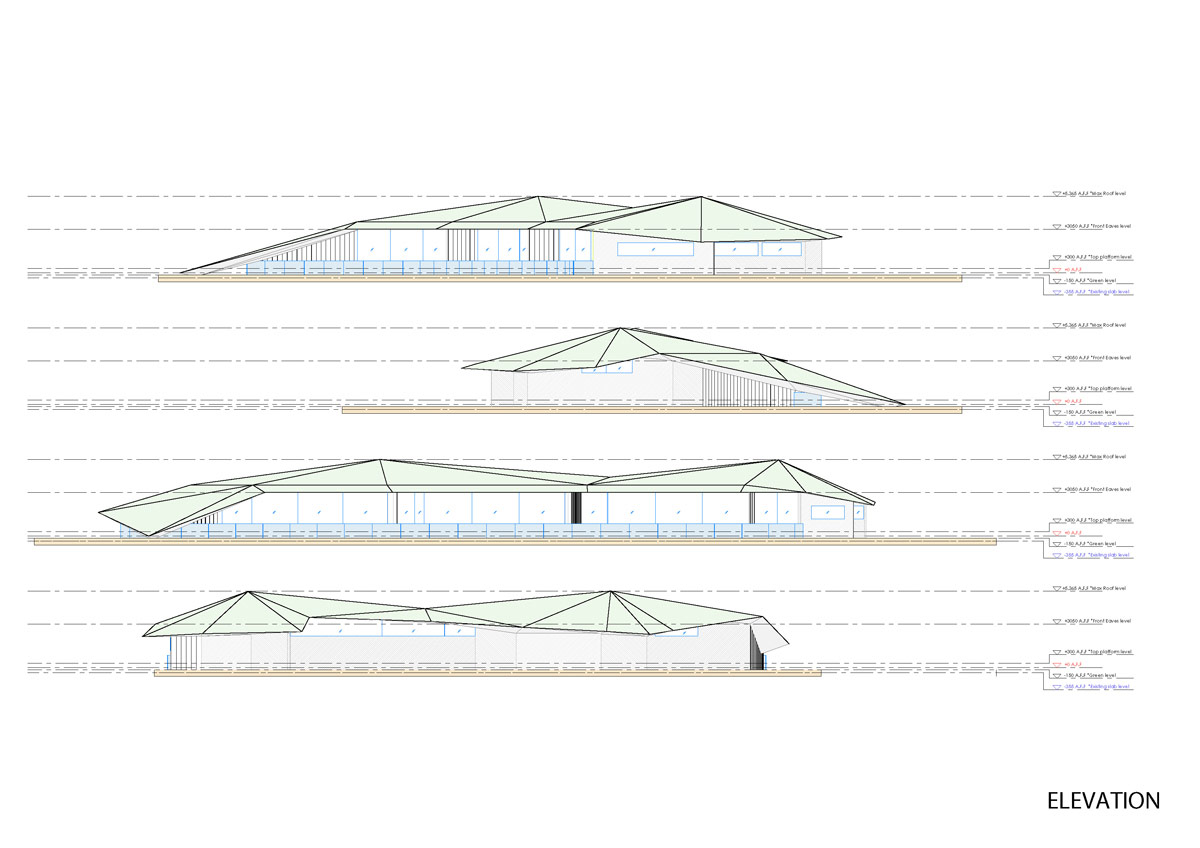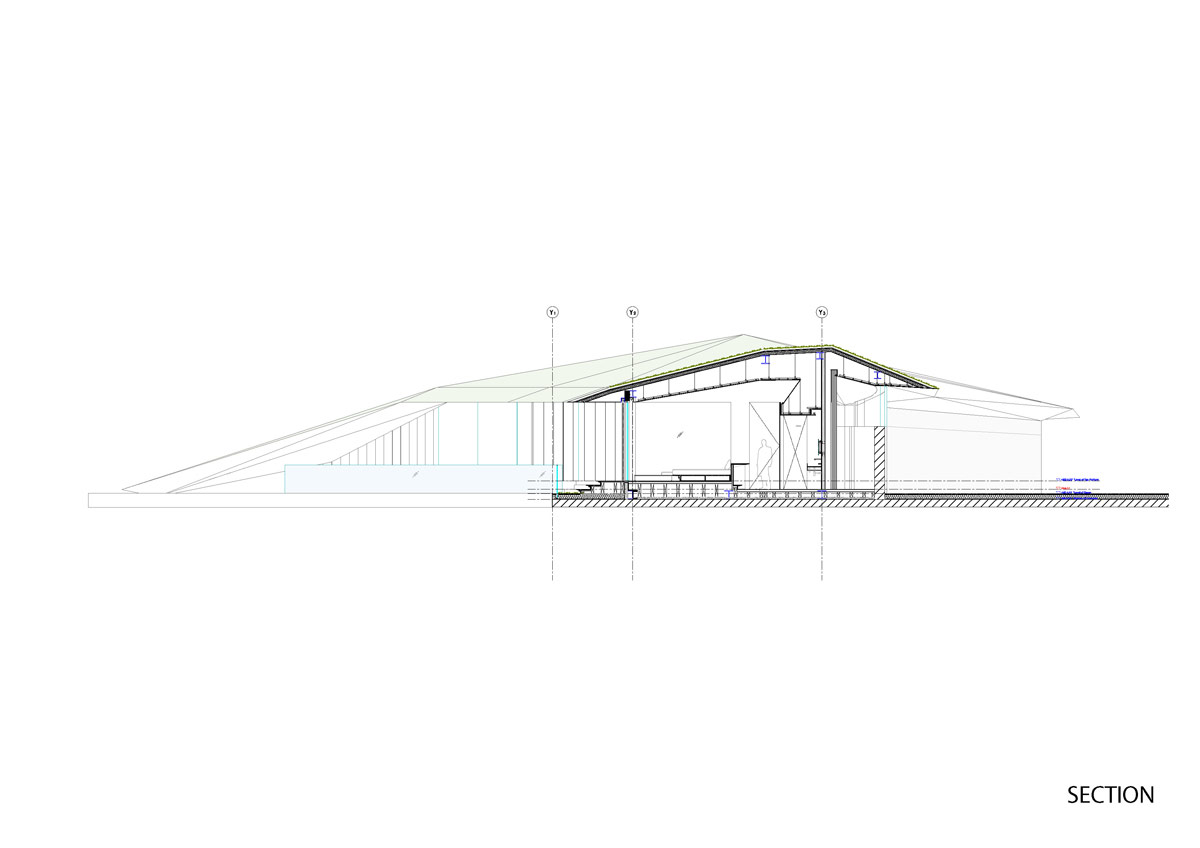The Therme Suite Room, designed by Kengo Kuma in 2015, is a breathtaking penthouse restoration located on the top floor of the Vals Therme Hotel in Switzerland. What sets this project apart is its innovative use of locally sourced materials, which were meticulously chosen to create a seamless integration with the surrounding landscape. Kuma’s vision for the Therme Suite Room was to create a space that harmonizes with nature, and he achieved this by incorporating natural materials like wood and stone, which add to the room’s organic feel.
Therme Suite Room Vals Technical Information
- Architects: Kengo Kuma & Associates | Kengo Kuma Bibliography
- Typology: Hotel
- Location: Vals, Switzerland
- Project year: 2015
- Size: 500 m2
- Images: © Ingo Rasp
You could say that my aim is ‘to recover the place’. The place is a result of nature and time; this is the most important aspect. I think my architecture is some kind of frame of nature. With it, we can experience nature more deeply and more intimately. Transparency is a characteristic of Japanese architecture; I try to use light and natural materials to get a new kind of transparency.
– Kengo Kuma1
Therme Suite Room at Vals Hotel Photographs
Harmonizing with Nature: The Therme Suite Room at Vals Thermal Spa
Renowned architect Kengo Kuma envisioned the Therme Suite Room at Vals Thermal Spa as a harmonious blend of nature and architecture. To achieve this seamless integration, Kuma utilized locally-sourced Vals stone for the flooring, evoking the sensation of an elevated earthen surface upon which a row of wooden houses stands. The spacing between each unit provides guests with a sense of autonomy and seclusion, akin to residing in their own individual homes.
Kuma believes that, over time, the architecture will dissolve into the ever-changing seasons and natural elements, a testament to his design philosophy that emphasizes the connection between humans and nature through the incorporation of organic materials and light.
The suite’s minimalist design showcases a warm and welcoming atmosphere through the use of natural materials such as wood, stone, and bamboo. A striking floor-to-ceiling glass wall serves as the suite’s focal point, offering guests breathtaking views of the surrounding forest.
Luxurious amenities within the Therme Suite Room include a private sauna, steam room, and an expansive, circular Japanese cypress wood bathtub that overlooks the verdant forest. This particular wood is valued for its natural antibacterial properties and soothing aroma. In addition, the suite features a private terrace that extends into the forest, enabling guests to immerse themselves in nature while enjoying their own secluded haven.
The suite’s lighting has been thoughtfully designed to establish a serene ambiance. Soft, warm lights illuminate the space, creating a tranquil and soothing atmosphere. This careful use of light is especially notable in the sauna, where the walls are adorned with thin wooden strips that emit a gentle, warm glow.
We designed the villa as a place where you can return to the wild of human beings, facing the nature that snow peak is aiming for. I hope that by facing the changing seasons and nature, the existence of my architecture will disappear.
– Kengo Kuma
Therme Suite room Vals Plans
About Kengo Kuma
Kengo Kuma (隈 研吾, Kuma Kengo, born 1954) is a Japanese architect and professor in the Department of Architecture (Graduate School of Engineering) at the University of Tokyo. Born in Yokohama in the Kanagawa prefecture, Kengo Kuma is considered one of the most significant contemporary Japanese architects. After graduating from the University of Tokyo (1979), he studied at Colombia University for two years as a visiting researcher (1985-86). In 1987 he founded the Spatial Design Studio (now Kengo Kuma & Associates) and opened his Paris Studio in 2008.
His design vision expresses the emotional content of materials linked to intrinsic characteristics in construction and the teachings of Japanese traditions. Frequently compared to contemporaries Shigeru Ban and Kazuyo Sejima, Kuma is also noted for his prolific writings. He is the designer of the Japan National Stadium in Tokyo, which has been built for the 2020 Summer Olympics
- Kuma. Complete Works 1988–Today by Philip Jodidio and Kengo Kuma

